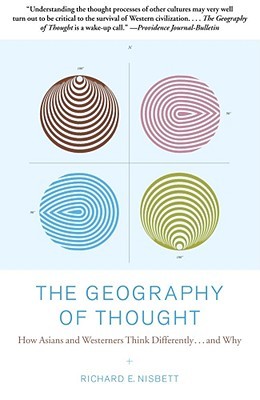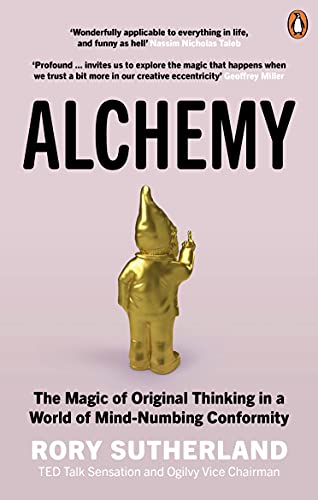I first read The Geography of Thought too many years ago to remember. It had a huge influence on my thinking at the time, so it was great to go back to it having taught classes on cross-cultural differences and planning more.
Richard Nisbett starts by laying out the assumptions that many of us have about human psychology: that we all have the same basic cognitive processes (e.g., for memory, perception, inference), that when we do differ this can’t be because of different processes but other factors, and that reasoning is built on formal rules of logic and especially that contradiction is not possible (e.g., something can’t be both true and false).
He discusses the concept of field dependence, which proposes that perceptions of an object are influenced by the background or the environment in which the object appears. This can be measured by approaches such as the “rod and frame” test. Some people (e.g., those from North Asia who are the focus of most of the research cited by Nisbett) are more field dependent than others and tend to have a better memory for faces and social words and sit closer to others.
Westerners (or should we call them WEIRD people – Western, Educated, Industrialised, Rich, Democratic) attend more to objects while Asians (non-WEIRD) attend more to environments and relationships. WEIRD people also tend to believe that they have more control over the environment and see the world as more stable than non-WEIRD. In the same vein, WEIRD people prefer to think in terms of categories while non-WEIRD emphasise relationships, and WEIRD are more likely to use logical rules and to insist on the correctness of one belief over another contradictory belief. In contrast, non-WEIRD are more comfortable with ambiguity.
Nisbett’s discussion of in-group and out-group thinking is interesting, especially the way that different languages reflect differences in thinking styles. He writes that there is no word for individualism in Chinese, and the closest literally means “selfishness”. The Chinese character jen – benevolence – literally means two people. In Japanese, there are many words for “I”, depending on the audience and the context.
He spends some time discussing the Fundamental Attribution Error (FAE), possibly the most underused and least understood concept in psychology. WEIRD people are more prone to this error, while non-WEIRD are more likely to notice situational factors and their role in shaping behaviour. WEIRD people also make more causal connections and simple explanations, while non-WEIRD assume that the world is more complex.
These differences in looking at objects versus relationships seem to be linked to differences in language use and language development. Categories tend to be nouns and relationships tend to be verbs and while nouns are inert, verbs are much more reactive. In WEIRD countries, children learn nouns more quickly than verbs, but in non-WEIRD countries verbs and nouns are learnt at similar rates. This may also be because verbs are more salient in many non-WEIRD languages. For example, in Chinese, Japanese and Korean verbs tend to come at the beginning of sentences (in English they tend to be in the middle).
This is a great read on the interactions between culture, language and thinking and, more importantly, why it so easy to misunderstand other people. The book is recommended to anyone interested in cultural differences.






